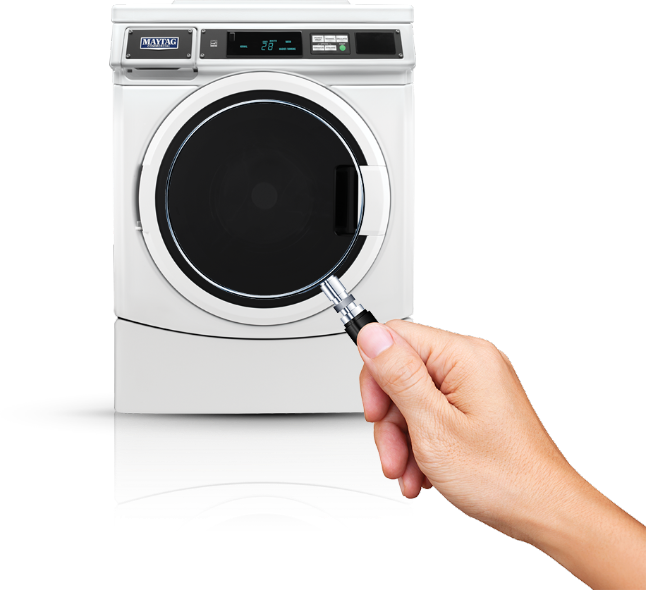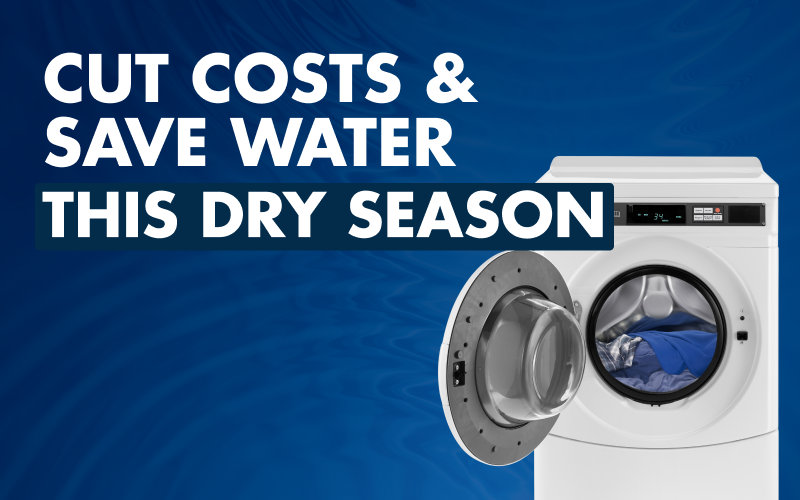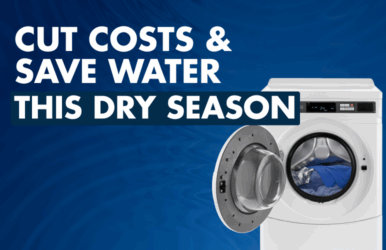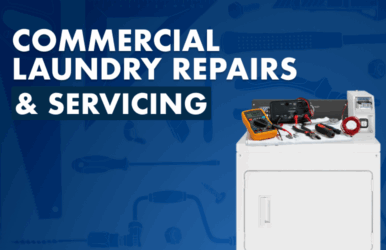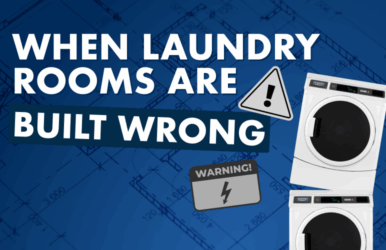A leaking washing machine poses serious risks that shouldn’t be ignored. Water damage can compromise your flooring and lead to costly structural repairs. More concerning are electrical hazards, water near outlets or wiring creates dangerous shock risks. Mould growth is another consequence, potentially causing respiratory issues. Even minor leaks can indicate larger mechanical problems that might worsen over time. For your safety and to prevent expensive damage, discontinue use immediately and contact a professional technician to diagnose and repair the issue.
Speak with us today: 1800 629 824
Why is my Washing Machine Leaking Water?
At one time or other, all of us have seen a movie where some clueless helper tries to put a wash on and ends up adding too many suds, or somehow busts a pipe, spraying water everywhere. No matter how hard they try to contain the problem, it only gets worse.
When your machine is leaking water, these are the types of images that fill your imagination. You think of flooded rooms and unimaginable messes left for you to clean. But in reality, your washing machine problems are often simple, and come with an easy fix or repair.
For a washing machine to work properly, the water needs to be fully contained. A leaking washing machine can happen for a number of reasons – the most common of those reason are:
Leaks During Filling
If your machine is leaking at the beginning of the cycle, you’ll need to check your hoses. Make sure that they are well connected and in good condition. Use pliers to tighten both ends, at the machine and at the valve, and inspect the valve for proper operation. Replace damaged hoses immediately by disconnecting both ends, and simply install a new one of the same size to solve your problem. Stainless steel braided hoses are a particular good replacement hose due to their extra-long life.
Leaks During Washing
During the wash cycle, your machine may overfill, become off balance, and slosh water out, or a damaged component may be causing the leak. Parts like Rubber Seals and bellows will eventually break down or build up scum etc on them and will require replacement, website in most cases, this is a case for an appliance repair professional. Call your manufacturer to find out if you are still under warranty, or for a recommendation on where to find a great service.
Leaks During Draining
If your machine fills and washes without leaking, but leaks during the drain cycle, the problem may be in your drain hose. First, inspect the drain hose fitting while the machine is draining. If water is backing out of the drain pipe, you may have a clog that needs to be treated by a plumber. Make sure the hose is well inserted into the drain and free from damage. The drain end should fit loosely in the drain pipe so that it will move up and down. On the machine end, the drain hose should be firmly connected. Replace the hose if you see any signs of damage.
Is It Safe to Use a Leaking Washing Machine?
Recent Articles
Cutting Costs and Conserving Water — How Laundries can Lead This dry Season
Across Australia, communities are adjusting to drier months with rostered sprinkler days, shorter showers and r....Read More
Commercial Laundry Repairs and Servicing: Keeping Your Machines Running with Dependable Support
Commercial Laundry Repairs and Servicing: Keeping Your Machines Running with Dependable Support When your comm....Read More
Copyright © 2025 DLS. All rights reserved. | Site by [CM]
